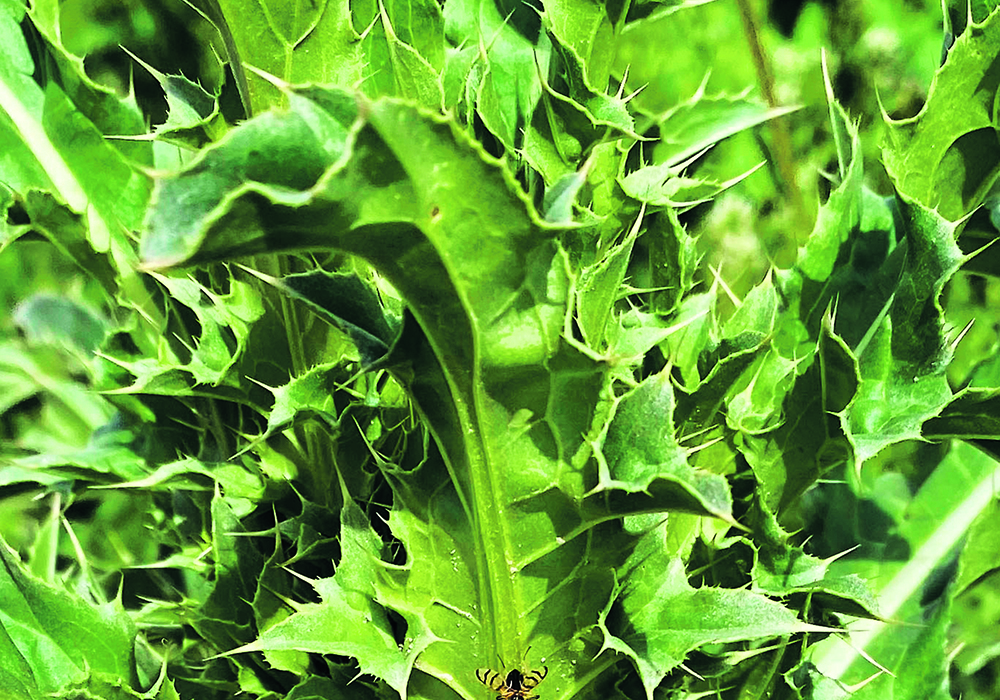Spiny sow thistle is an annual pest in many parts of Western Canada, and has developed Group 2 herbicide resistance in Alberta.
With reduced tillage, the spiny annual sow thistle has become a major weed in Western Canada. The plant will germinate in spring or in fall, becoming a winter annual and appearing where late or early season control isn’t done.
Many of the unseeded fields from the past two seasons have an abundance of the pest where burn offs did not take place.
The good news with this pest is that a wide range of broadleaf herbicides will control or suppress annual or perennial sow thistles. However, control strategies for each species differ.
Read Also

Defence investments could benefit agriculture
A bump in Canada’s NATO spending commitments could lead to infrastructure investments that would benefit rural areas
Sonchus asper, spiny annual sow thistle, its cousin annual sow thistle, and cousin once-removed perennial sow thistle all appear similar early in the season.
All have yellow flowers and contain a latex sap. Both species can grow to nearly two metres for the annual and over a metre for the perennial if they are left unchecked.
The difference is in the ground. The perennial plant has a creeping root, while the annual depends on a taproot.
The leaves on the mature annual have spines, while those of the perennial are toothed.
Sow thistle control thresholds are very low, meaning they are devastating to crops where they are allowed to flourish.
Fall or pre-harvest applications of glyphosate will control late season germinated weeds and early spring burn offs aid in the process of dealing with the weed. In-crop control is the most effective.
In cereals, there are many choices of herbicides with some providing a latent control, when combined with glyphosate, helping to deal with later flushes or situations where the period between burn off and seeding is extended.
In pulses, control is often accomplished ahead of seeding or through a herbicide tolerant crop trait, Clearfield lentils.
For flax, include clopyralid plus MCPA or add tepraloxydim. Bromoxynil is also effective.
———
access=subscriber section=crops, none, none














